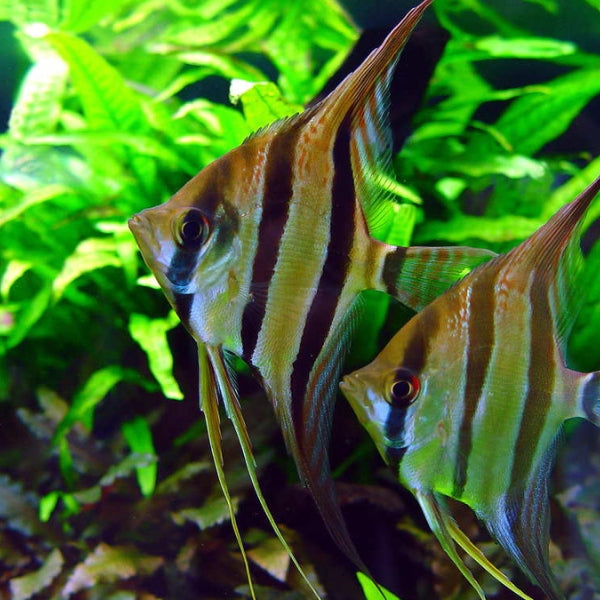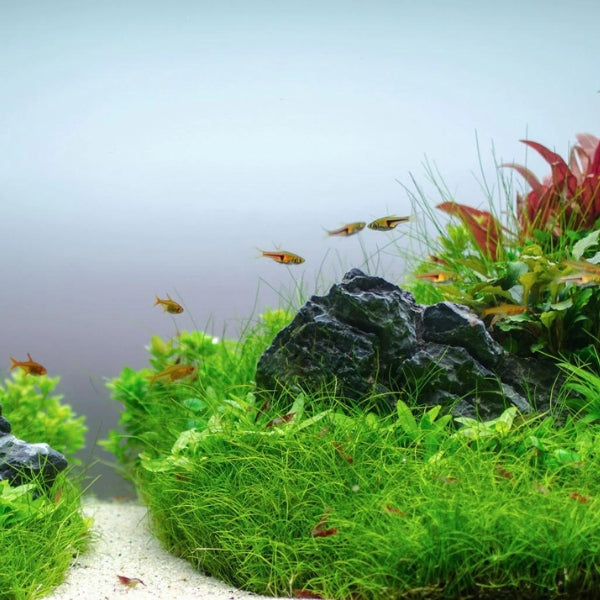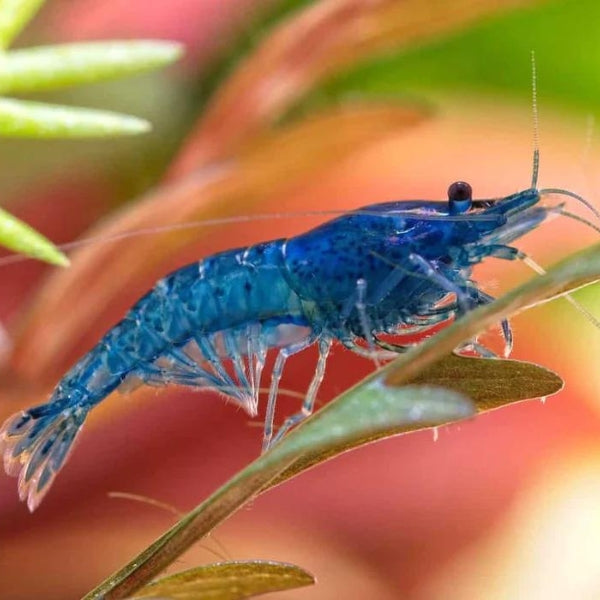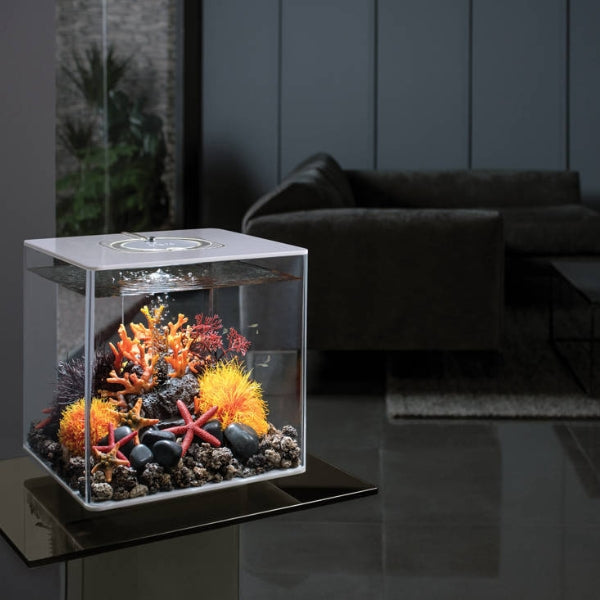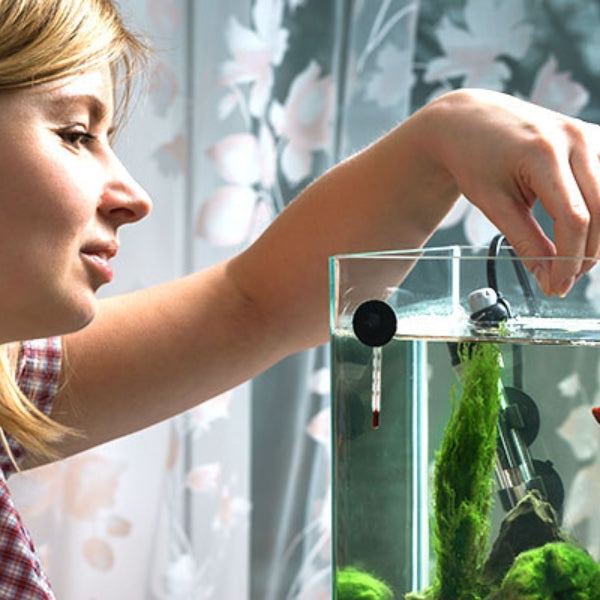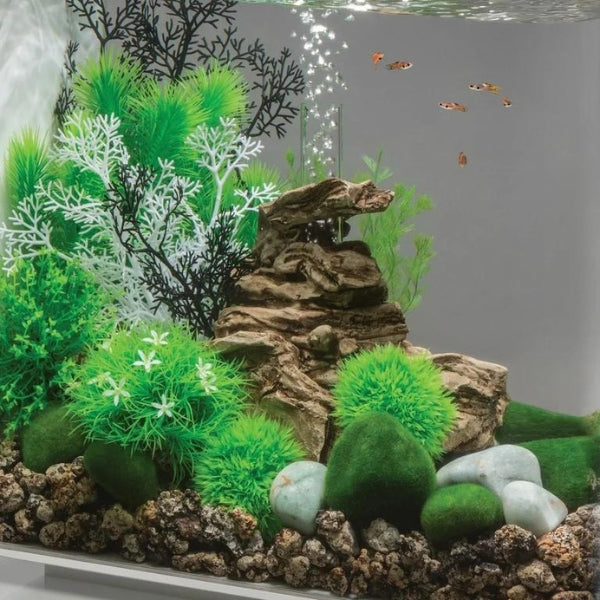
Serpae Tetra (Large)
Live Animals Are Click and Collect Only
Please note that we do not ship live animals. You can order online and collect in store.
Special Offer - Buy Any 5 Fish & Get 6th Fish Free Mix & Match
Offer is automatically applied when you add any six fish to cart
The Serpae Tetra (Hyphessobrycon eques) is a vibrant and popular freshwater fish known for its stunning red coloration and peaceful demeanor. These tetras, native to South America, particularly the Amazon River basin, thrive in densely vegetated, slow-moving waters. Their striking appearance makes them a favored choice among aquarists looking to add a splash of color to their tanks.
Origin: Serpae Tetras hail from the South American continent, predominantly found in the Amazon River basin.
Temperature: Ideal temperatures for Serpae Tetras range from 24°C to 28°C (75°F to 82°F), ensuring optimal health and vitality.
Feeding: These omnivorous fish readily accept a varied diet consisting of high-quality flakes, pellets, freeze-dried or live foods such as bloodworms, brine shrimp, and small insects. Offering a diverse diet enhances their overall health and coloration.
Water Quality: Serpae Tetras prefer slightly acidic to neutral water conditions with a pH range of 6.0 to 7.0 and moderate water hardness. Regular water changes and filtration are essential to maintain pristine water quality.
Ideal Aquarium Size: For a school of Serpae Tetras, a minimum tank size of 60 liters (15 gallons) is recommended to accommodate their active nature and provide ample swimming space. Dense vegetation and hiding spots mimic their natural habitat and contribute to their well-being.
Lifespan: With proper care, Serpae Tetras can live up to 5 years in captivity, although individual lifespans may vary based on environmental conditions and genetics.
Community Tank Compatibility: These tetras are generally peaceful but may exhibit fin-nipping behavior towards slow-moving or long-finned tank mates. Compatible companions include other small, non-aggressive fish such as Corydoras catfish, small characins, and peaceful bottom dwellers.
Breeding: To encourage breeding, provide a separate breeding tank with soft, acidic water, and plenty of fine-leaved plants for egg deposition. Condition the breeding pair with high-quality live and frozen foods. Spawning usually occurs in the morning, with the female depositing adhesive eggs among the plants. Remove the adult fish after spawning to prevent egg predation. Fry hatch within a few days and can be fed infusoria or commercial fry food until they are large enough to consume larger fare.
Please note: We don't ship live animals. You can order online and choose click and collect, and we will hold it for you.


